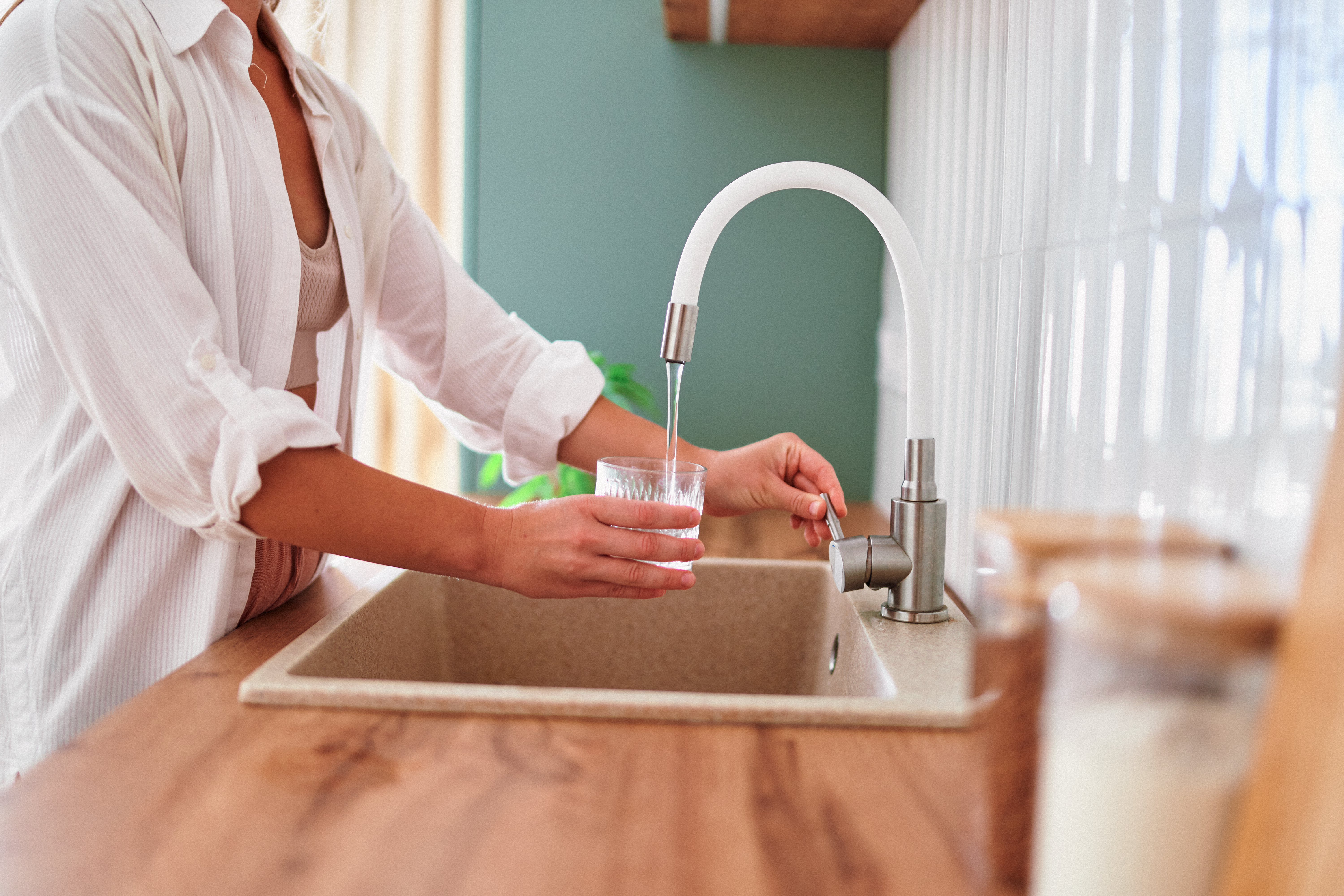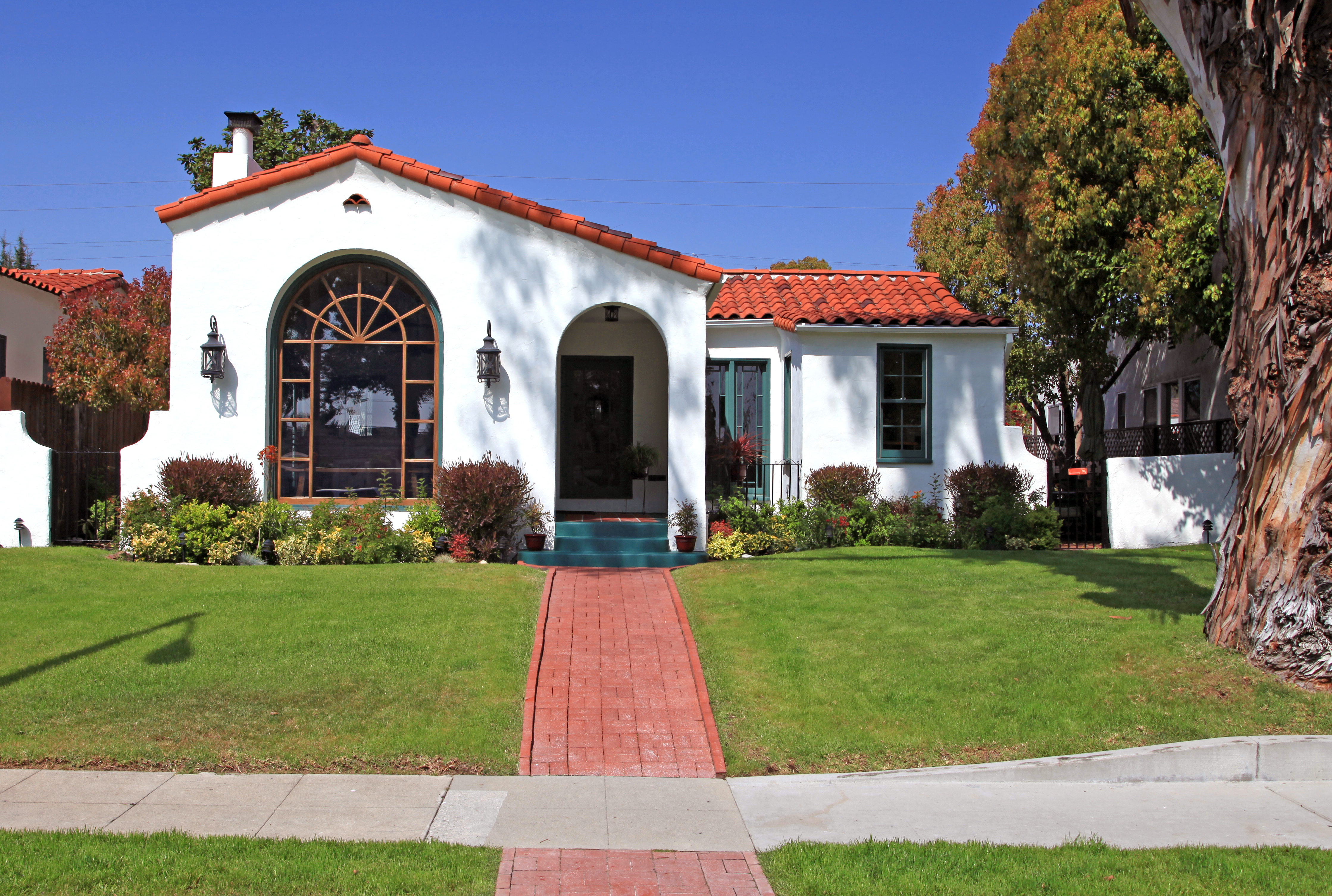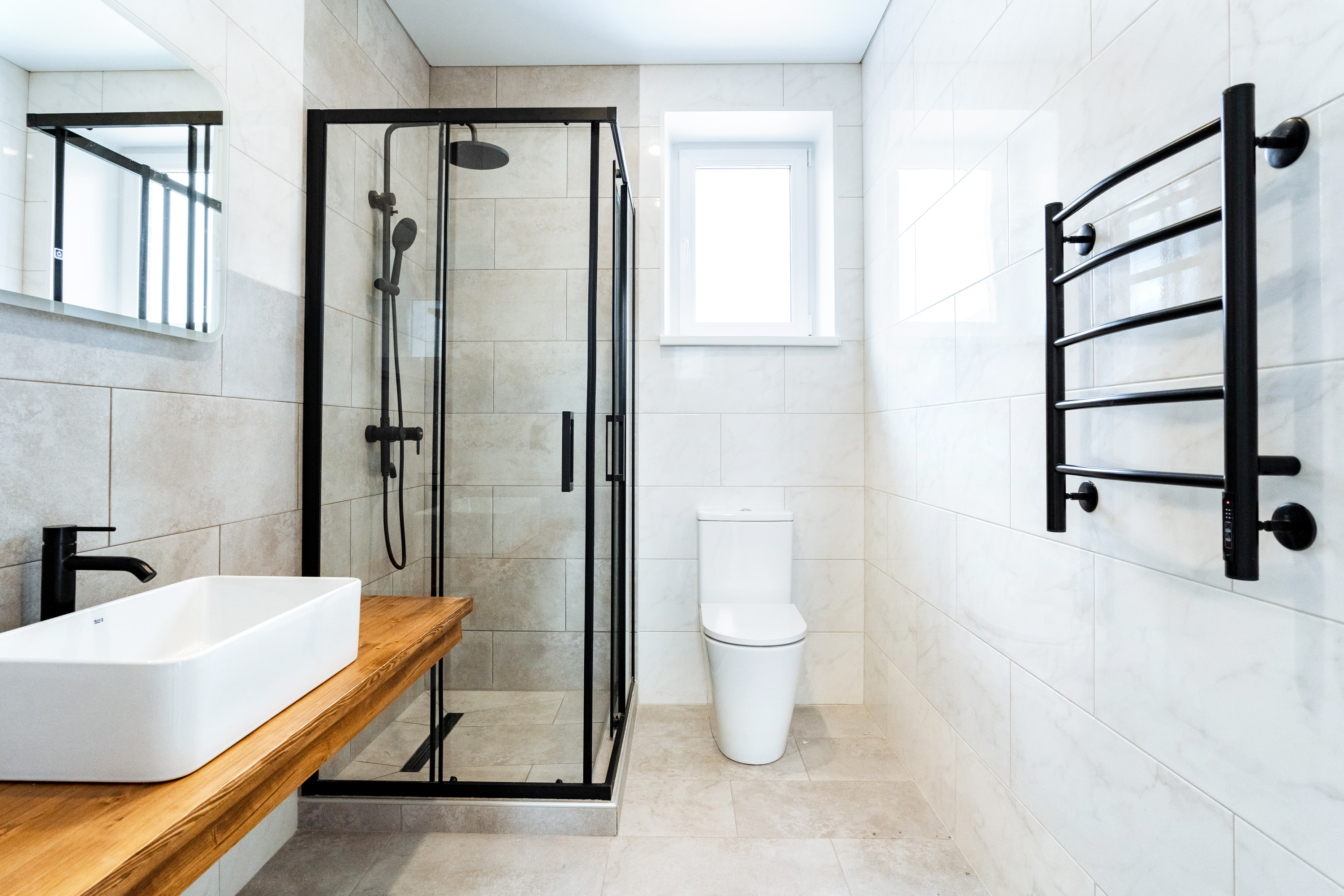
Discover what impacts main water line repair costs in Los Angeles, such as soil conditions and permits, so you can confidently plan your project.
Flush your leaky toilet woes down the drain


A toilet that is constantly filling its tank is a sign of a silent leak.
A worn ball or flapper typically causes the leak in the tank.
You can spot a leak by putting a tablet or dye in the tank.
A leak could cost you hundreds of dollars per year.
That toilet is driving you crazy. You constantly hear the tank filling up and a running noise that never seems to stop. What gives?
Your toilet may be telling you that it's sprung a leak. But not the kind you'll find on your bathroom floor—a leak within the toilet system that could be wasting a considerable amount of water.
Here’s what to know about your mysterious toilet leak, and how to test for it.
A silent toilet leak is when your toilet's tank starts leaking water into the bowl, which goes unnoticed but can result in hundreds of gallons of wasted water—and higher utility bills as a result. You may pay hundreds of dollars each year in wasted water due to a leaky toilet.
At the bottom of the toilet's tank is a ball or flapper that is supposed to form a watertight seal, which only opens when you press the handle to flush the toilet, sending water rushing into the bowl. Over time, the seal may deteriorate and start leaking water into the toilet bowl.
Here’s a quick and simple way to know if your toilet’s sprung a silent leak.
You can test to see if your toilet is leaking by placing a toilet tablet or plumbing dye in the tank after it has filled up. Wait for about 15 minutes, then check the bowl. Do you see color? Then you have a leak.
If that’s the case, you can fix it yourself by replacing the toilet flush valve seal. Otherwise, the average cost of toilet repairs is around $240, which will pay for itself over time considering the water you’re no longer wasting.
Silent leaks waste thousands upon thousands of gallons of water per year in some cases, which is damaging to both the environment and your wallet. A toilet leak can waste 500 to 800 gallons of water per day, which will add around $1 to your utility bill or $365 per year. It also has an impact on the environment: wasted water must be treated, and that process involves burning fossil fuels.
You can generally fix a toilet by replacing the flapper or flush valve ball, which you might be able to do yourself if you're handy and can handle DIY toilet repairs. If not, or you are concerned about other problems with your toilet, contact a plumber near you for a consultation and a quote. They can also offer tips on how to make your toilet more efficient.
From average costs to expert advice, get all the answers you need to get your job done.

Discover what impacts main water line repair costs in Los Angeles, such as soil conditions and permits, so you can confidently plan your project.

Replacing a water main in Los Angeles is expensive, but certainly not the nation’s highest—or even California’s. Living in the Hills or on the coast can affect the total cost.

How much does a plumber cost in Los Angeles? Learn what impacts plumbing costs in the City of Angels and how to hire the best plumber in LA for your project.

P-traps come in various sizes for different types of drains around your home. This guide will show you what size P-trap to use for a bathroom sink.

What is an anti-siphon valve? Our guide covers what it is, how to install one, and more tips to ensure that your drinking water stays fresh and protected.

Most homeowners will eventually need to replace bathroom hardware. This guide breaks down bathtub faucet installation costs, so you can upgrade your bathroom.